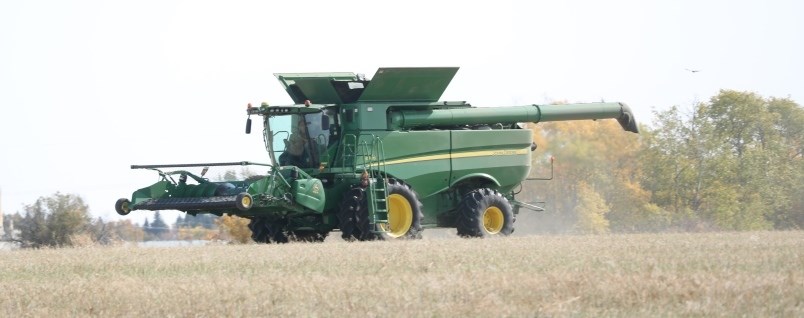Of course few consumers I suspect have a real solid handle on exactly what they spend on food.
There is a tendency to point to the bags from the grocery store and note the cost of what was purchased.
Often of course, the bags contain far more than essential food, including everything from a magazine to read, to toilet paper, aftershave, shampoo, dish soap, dog food, pop, chocolate bars and a new bathroom brush.
Grocery stores today provide a wide range of non food items that add to the purchase price which are not part of the cost of food we put on the table.
But, at present food costs are jumping to be sure.
That would not be the worst thing from a farmer’s perspective if they were actually seeing a better price based on the consumer paying more.
That however, is never the case.
At present one of the culprits from the consumer perspective is the cost of meats, in particular beef.
Certainly farmers have seen an increase. Cattle prices in Alberta, for example, increased by 15.6 per cent in September 2021 compared to the same time period a year earlier, to $146.76 per hundredweight, the highest price in Canada, according to www.alberta.ca
But $146 to a farmer for 100 pounds of beef would mean $1.46 per pound, a country mile and more from what beef is fetching in the grocery store.
A pound of beef goes through a number of hands from farm gate to the consumer table with processors and store chains adding price along the way.
Those along the production chain are able to set prices to an extent to ensure a profit at any time, but in the last year or two they have had the ability to increase costs with near impunity, because they have lots of reasons they can point to, besides profit.
There are the increased costs associated with, or at least tagged onto, the COVID-19 pandemic.
There is the ‘assumed’ impact of the carbon tax on everything we do.
There are issues with weather, for example the flooding in B.C.
There are international issues such as the movement of goods on the ocean.
They are all reasons to add cost to ensure profit retention which add to the consumer costs but do not mean better returns for producers.
Of course what farmers are paid has less impact on grocery costs than many likely realize.
It’s important to remember a bushel of barley typically produces about 300 bottles of beer, and a bushel of wheat yields 42 one-and-a-half pound commercial loaves of white bread or about 90 one-pound loaves of whole wheat bread, after a quick google search. Prices for wheat and barley could jump and have only a minor impact on the price of beer or wheat.

